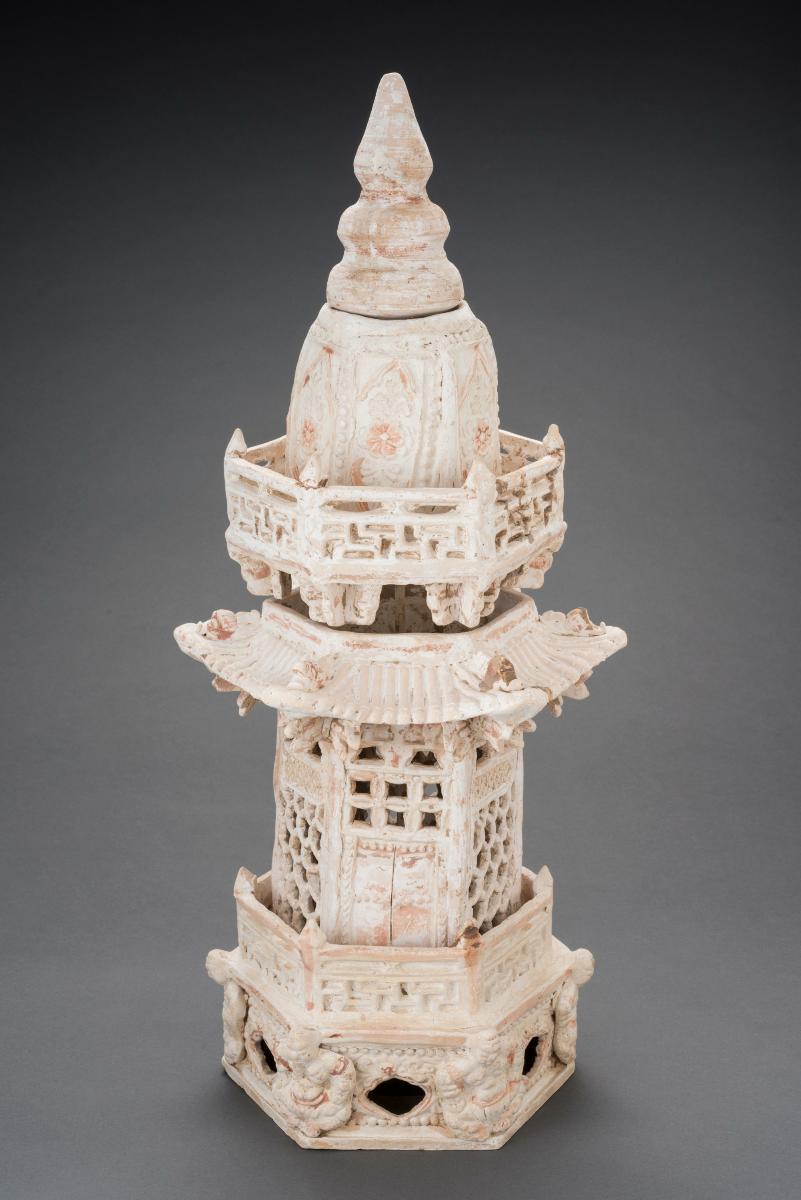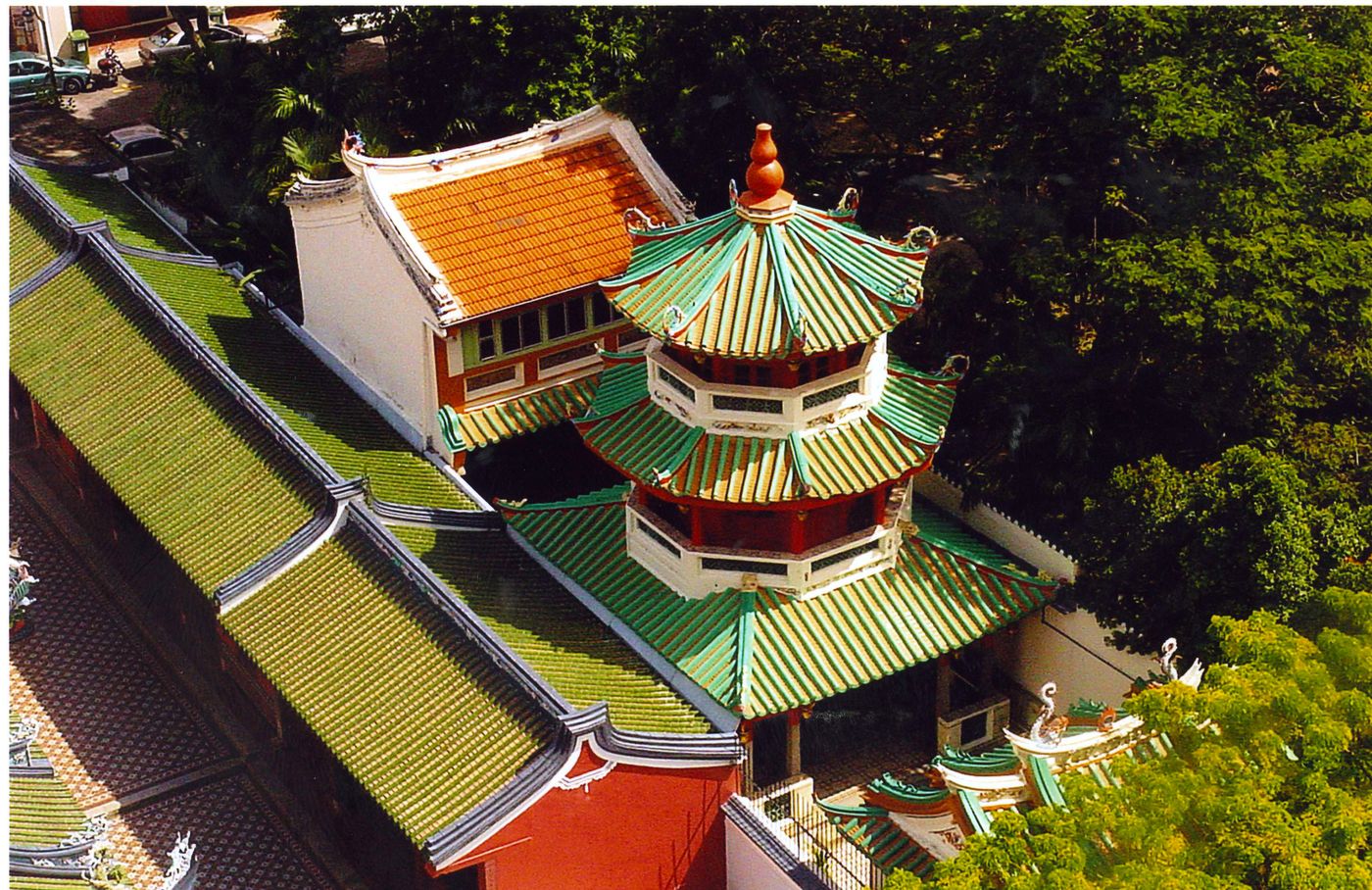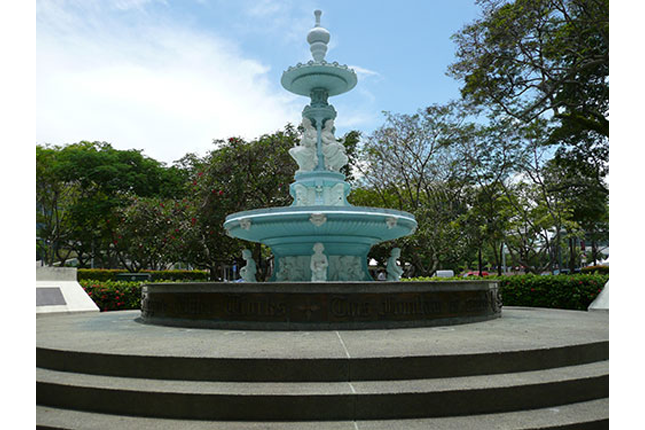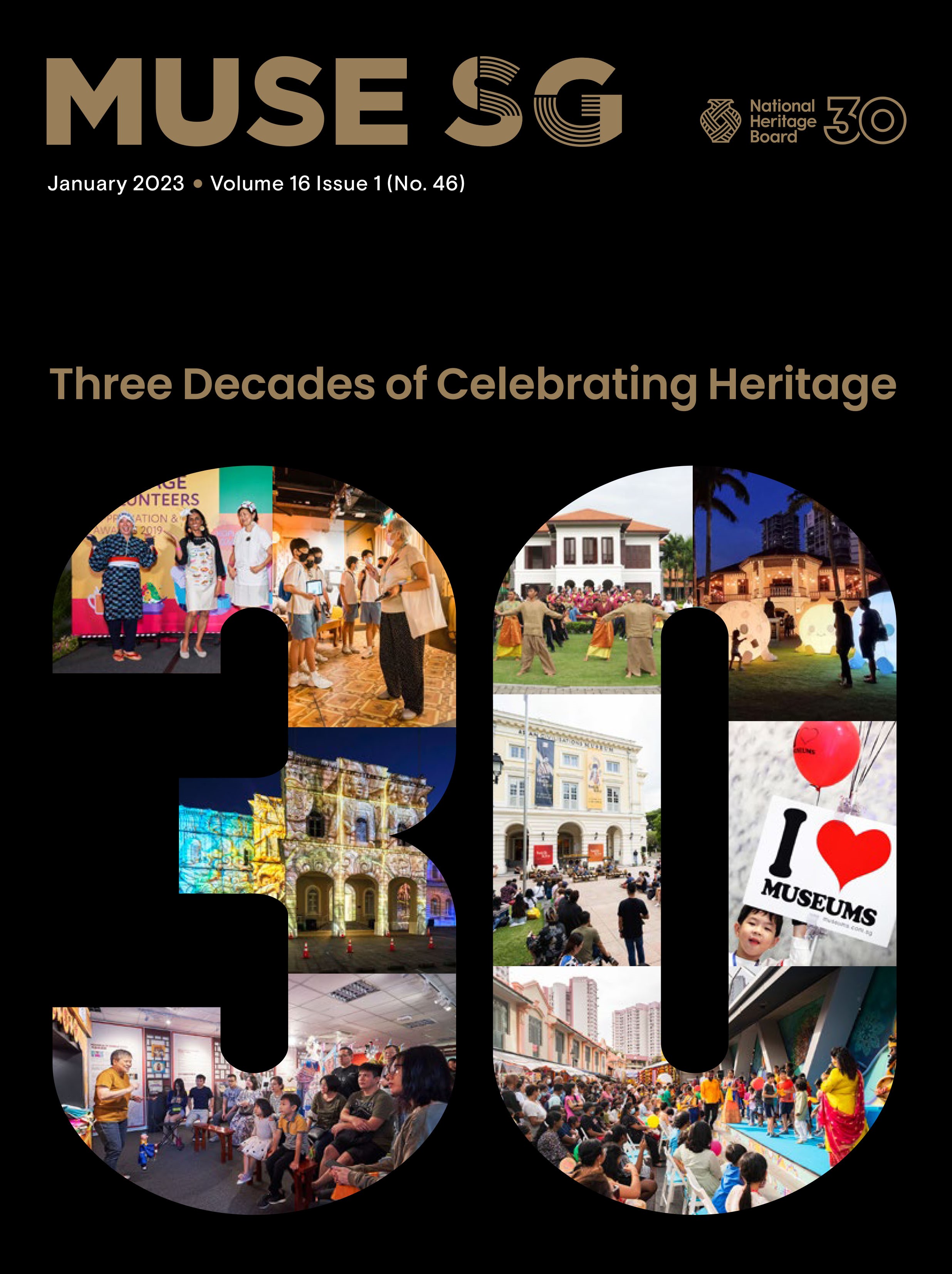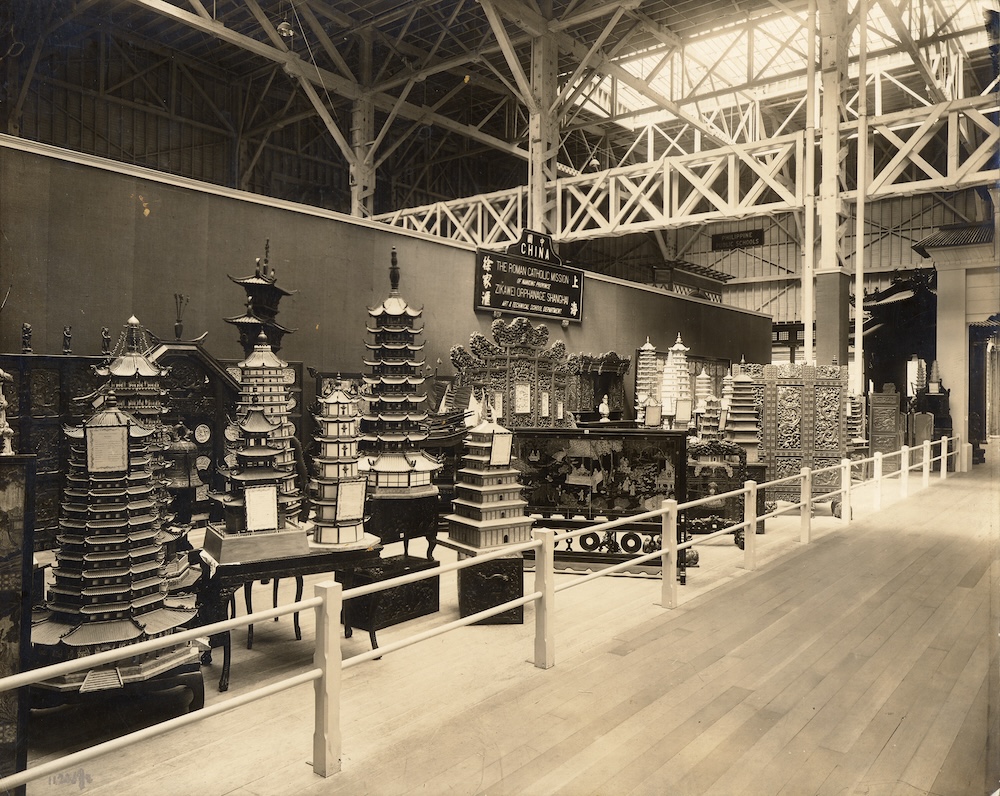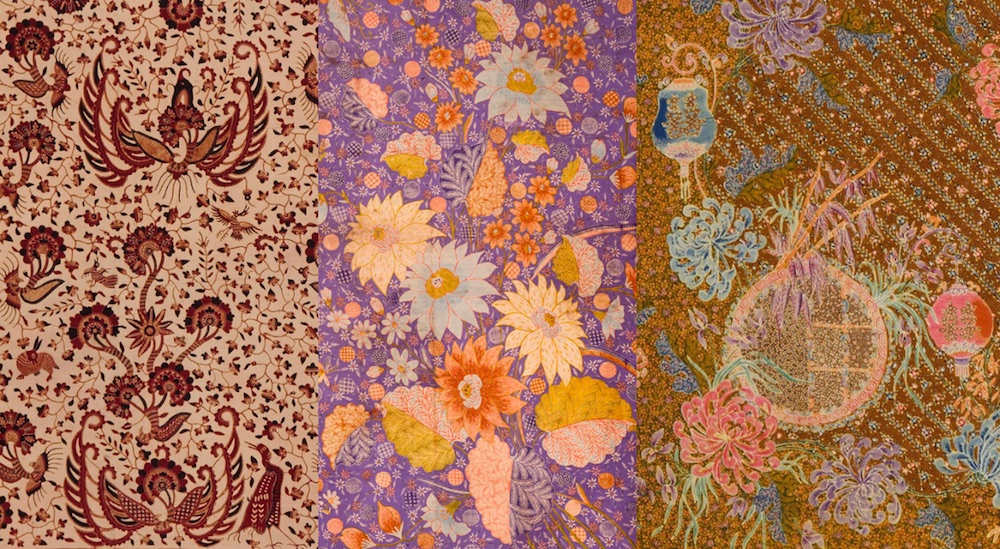This miniature earthenware pagoda is made in five parts to form the tall structure. The piece was moulded, carved and hand-modelled from earthenware clay that was fired to produce a light, porous, soft body of pale pinkish colour. Traces of white slip (liquid clay) and darker reddish pigment remain on the surface. The shape of the stupa is modelled on the Central Asian architecture style and faceted, each with plum blossoms and leaves enclosed in a 'mihrab'-shaped or prayer niche type panel in a mosque. The top of the 'stupa' rises in three tiers like many north Indian temple architecture known as the 'shikara' or the superstructure above the temple's sanctuary.The pagoda provides an interesting insight to the cultural milieu that was prevalent when northern China was exposed and open to the influence of the Mongolians, Manchus and Central Asians Buddhists.




